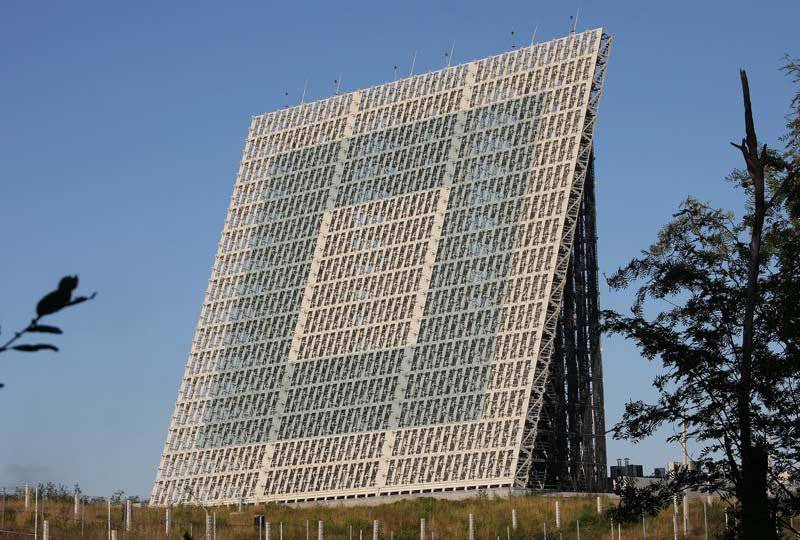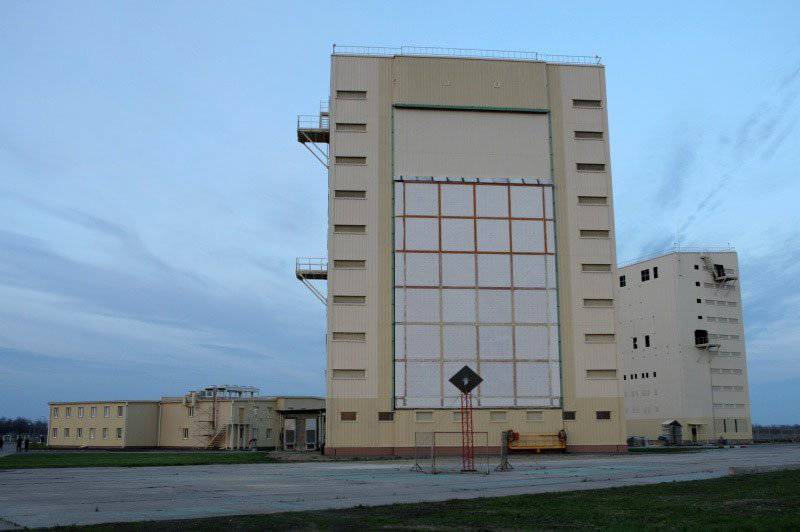Microwave radar "Voronezh-VP" change the radar field of the Russian Federation
- explained the deputy chief designer of RTI-Systems (radar manufacturer) Dmitry Stupin.
At the moment, the radar type "Voronezh" placed around the perimeter of the country. They carry out monitoring in two ranges: decimeter (UHF, modification 77Y6-DM Voronezh-DM) and meter (VHF, option 77Y6 Voronezh-M). Allegedly, they have already been supplemented by the first multifunctional radar SHF-type "Voronezh-VP" in Usolye-Sibirskiy near Irkutsk, carrying out a review of China and North Korea. Several more facilities in the Orenburg, Pskov regions, near Vorkuta and Murmansk are in different degrees of combat readiness, waiting for commissioning no later than 2020 of the year.


- said Professor Vadim Kozyulin of the Academy of Military Sciences.
From the VO side, we note that previously, with regard to the Voronezh-VP radar, various contradictory information was voiced. As stated in a number of sources, they operate in the meter or millimeter (which is extremely unlikely at the present time) range; there were ambiguities with the places of their construction. At the same time, as indicated, the Voronezh-SM radar had to be responsible for the centimeter range. It was announced about the serial construction of the latter with the plan to enter them to 2018 year. Based on the latest Izvestia material, it can be assumed that monitoring in the centimeter range is indeed carried out by Voronezh-SM, while Voronezh-VP is a common radar complex, including Voronezh-SM , and "Voronezh-DM" and "Voronezh-M".
Information